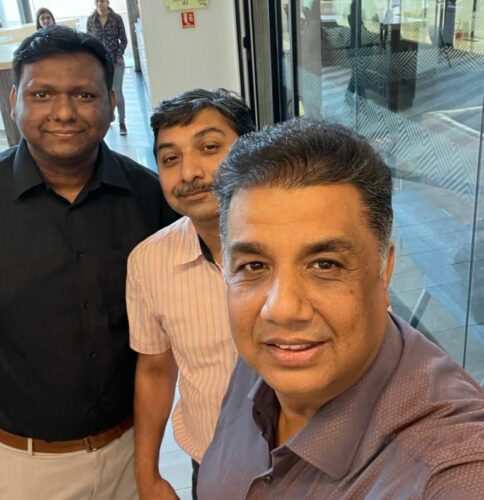Security systems are extremely advanced in some areas of application, as much as there are vulnerabilities in others. Redinent Innovations, a Bangalore-based startup, aims to change this and establish security tools for CCTV cameras and unmanaged IoT devices, which are often exposed to cyber-attacks. In an interview with EFY, Divyanshu Verma, Co-founder and CEO of Redinent, talks about IoT security, some unique products, and much more.

Q. Redinent has become synonymous with IoT security, especially when it comes to CCTV cameras. How exactly did you come up with this idea?
A. During the pandemic, most of our (the co-founders’) conversations became digital. We had a feeling that the overall safety, security, and privacy of our daily lives in the digital world were extremely unclear. We were using video conferencing apps, but were doubtful about how secure they really are – is our video encrypted or not? It is important because we talk about our lives, our family, etc on these apps. In the digital world, there is no limit – what if our videos land in the wrong hands?
As we were discussing about digital privacy, we realized that our homes, offices, etc are all filled with digital gadgets like webcams, CCTVs, Bluetooth devices, and many more. We then started looking into them deeply, especially CCTV cameras. These cameras are on continuously, they keep recording our lives.
“We found that many CCTV cameras have leaks, backdoors or vulnerabilities! Most of them are not well protected,” says Divyanshu Verma, Co-Founder and CEO of Redinent Innovations.
Well, it can be possible to check for vulnerabilities manually if an organization has about 10 CCTV cameras. But in large firms with around 200+ cameras, human error cannot be neglected.
We looked into CCTV cameras and did digital forensics on them. With a certain amount of skill, many CCTV cameras are easily hackable. Hackers can record your feed, observe your videos, and even launch a malware attack because these cameras are connected to networks. We then used a lot of analytical tools like Google Dorking, Shodan, etc. We found out that at any point in time, there are over 10 million cameras that are hackable, if not already hacked!
Q. How did you make your very first prototype or MVP? What kind of technologies were used in it?
A. First of all, we looked into the various protocols, including RTSP, that are involved in such a product. Then we used a lot of open-source tools like NMap, Webbuddies, etc, apart from many proprietary algorithms and subsystems that we have developed. We had started working on our proof of concept around September 2020, and first version was developed by May 2021.

[/mepr-show]








